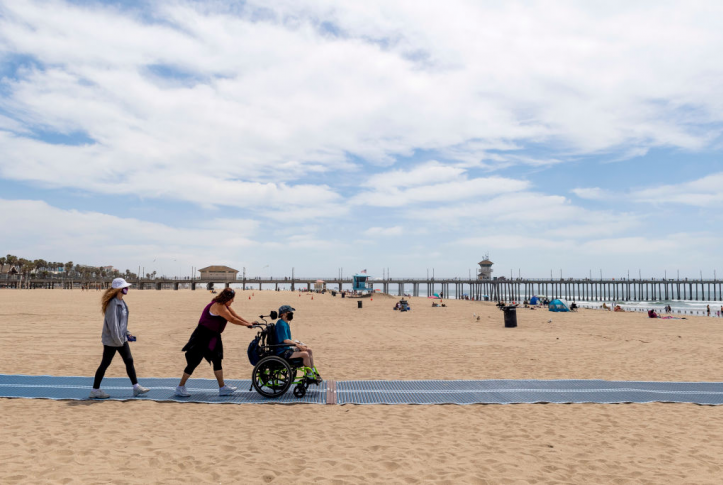Retroactive eligibility (RE) allows people to initiate Medicaid coverage up to three months before application, which sets it apart from other forms of health insurance. Private insurers and Medicare begin coverage only after eligibility is determined, typically the month following enrollment. In contrast, RE promotes access by ensuring that providers can begin needed care immediately, even before patients apply for Medicaid. This safeguard is critical to providing care in certain circumstances, including long-term care for elderly people who experience a sudden health decline, care for newly pregnant women, and care for children and adults who experience sudden and catastrophic illness or injury.
Demonstrations involving RE began in the mid-1990s under Section 1115 of the Social Security Act, which allows the Secretary of Health and Human Services (HHS) and states to test ways to improve Medicaid. These early demonstrations made RE less generous by reducing the length of the retroactive period. They were intended to reduce Medicaid costs and produce savings needed to justify other demonstrations that expanded coverage. Later, the Trump administration introduced additional waivers with the explicit purpose of reducing Medicaid coverage. The Trump administration eliminated RE coverage for working-age adults, older people, and children and adults with disabilities. States that applied for and were granted such waivers justified cutbacks in RE by arguing that restricting eligibility in this way would prompt people to enroll in Medicaid early and renew their coverage in a timely fashion. But this goal undermines the core purpose of RE, which is to make coverage available to people who may have been ineligible until an unpredicted, urgent need arose.
A study from the Urban Institute examines RE waivers in practice. Though Medicaid law requires demonstrations to be evaluated, the federal government has not evaluated RE waivers and has continued to approve demonstrations despite the absence of evidence. To fill that gap, the research team interviewed stakeholders and analyzed hospital cost data in Arizona, Hawaii, Iowa, New Mexico, and Oklahoma. Findings from their study include:
Backtracking in the face of impact. States have reduced the scope of their RE experiments, suggesting that adverse effects were observed once RE protections were gone. States varied in their modifications of waivers but most amended them to leave RE in place for key populations, including pregnant women, children, and nursing home residents. States also varied in the length of the eligibility period. One state actually lengthened the RE period, suggesting that officials had begun to see harm from shortening the lookback protection.
No observed impact on behavior. Most stakeholders interviewed for the study believed that Medicaid beneficiaries were unaware of RE. States produced no data showing that the waivers led to prompter enrollment or renewal. Demonstrations that allowed states to curtail RE appeared to produce no impact on beneficiaries’ enrollment and renewal choices, and in particular, no tendency to enroll earlier in Medicaid or renew coverage in a timely manner.
Absence of evidence. HHS appears to have repeatedly granted waivers despite the absence of evaluation or evidence of effectiveness. Even 1115 guidance in 2019 from the Centers for Medicare and Medicaid Services, which contained specific RE evaluation suggestions, produced no evidence in the states studied. Indeed, some study states lacked RE evaluation plans and others “were unable to identify retroactive claims in their data systems,” making accurate evaluation impossible. Researchers found no link between RE waivers and hospital uncompensated care costs.
The absence of evaluations and evidence directly contradicts both the text and purpose of 1115, which expressly requires evaluation. Section 1115 gives HHS and states flexibility to test policies and interventions; in return, 1115 requires real research evidence to inform policymaking.
The HHS Secretary has the power to approve 1115 experiments and to fund their cost, which can be tens of billions of public dollars. The Biden administration recently took steps to curtail certain 1115 experiments deemed fundamentally flawed or harmful, although no action has been taken yet on RE waivers specifically. The experience of RE demonstrations should help to focus Section 1115 on innovations that strengthen Medicaid, not undermine it.




